Azalas
Azalas
Azalas
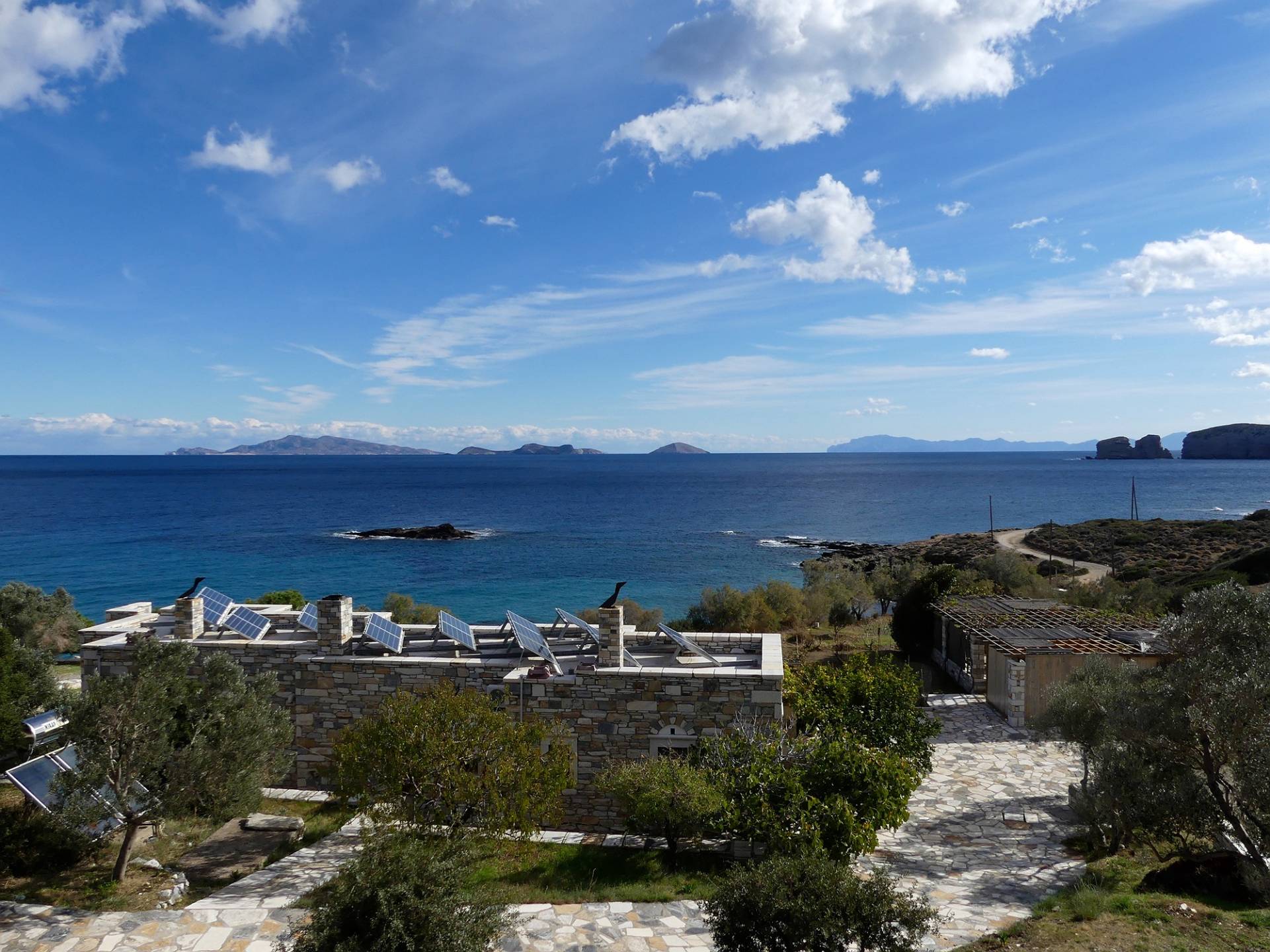
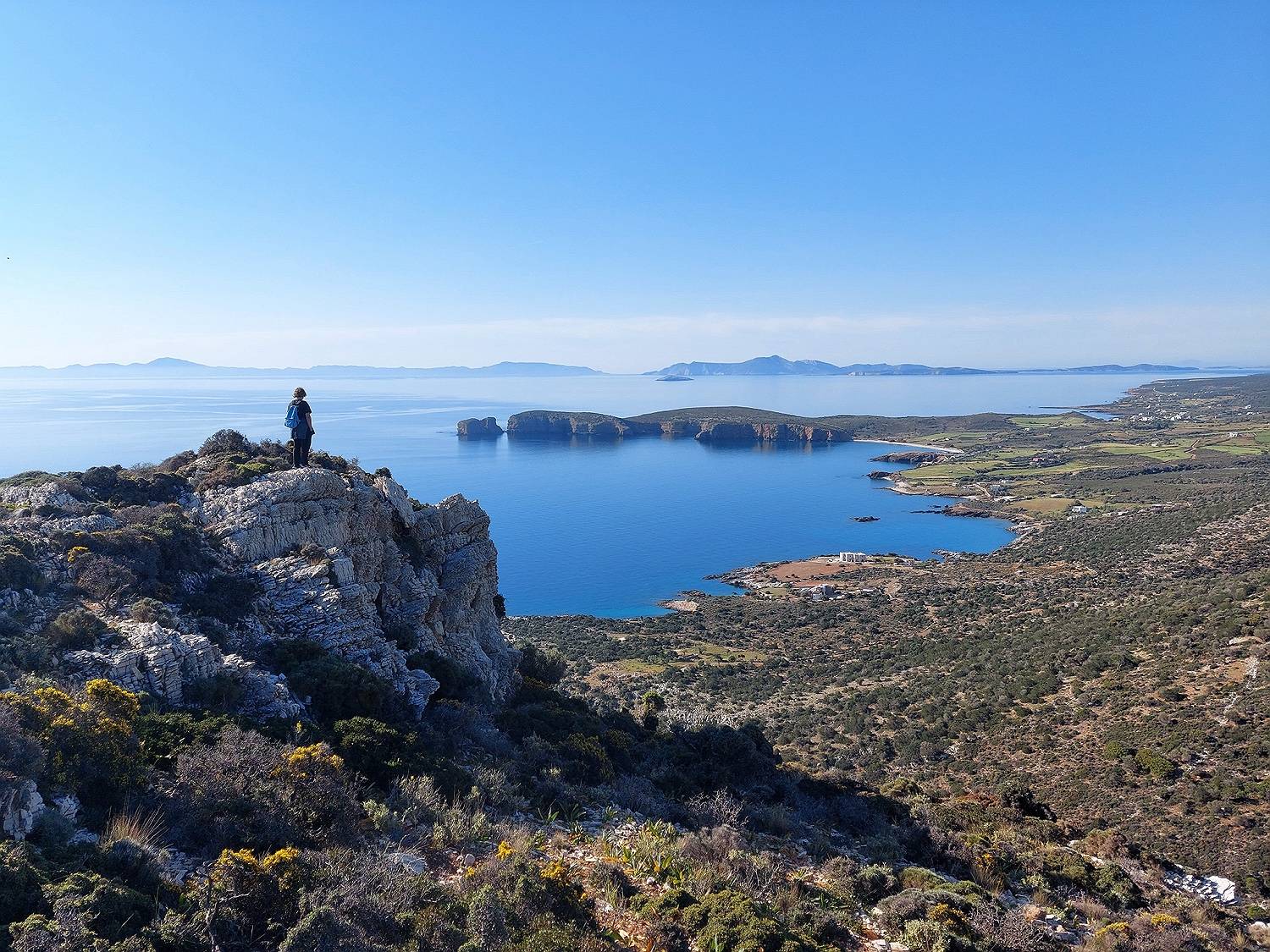
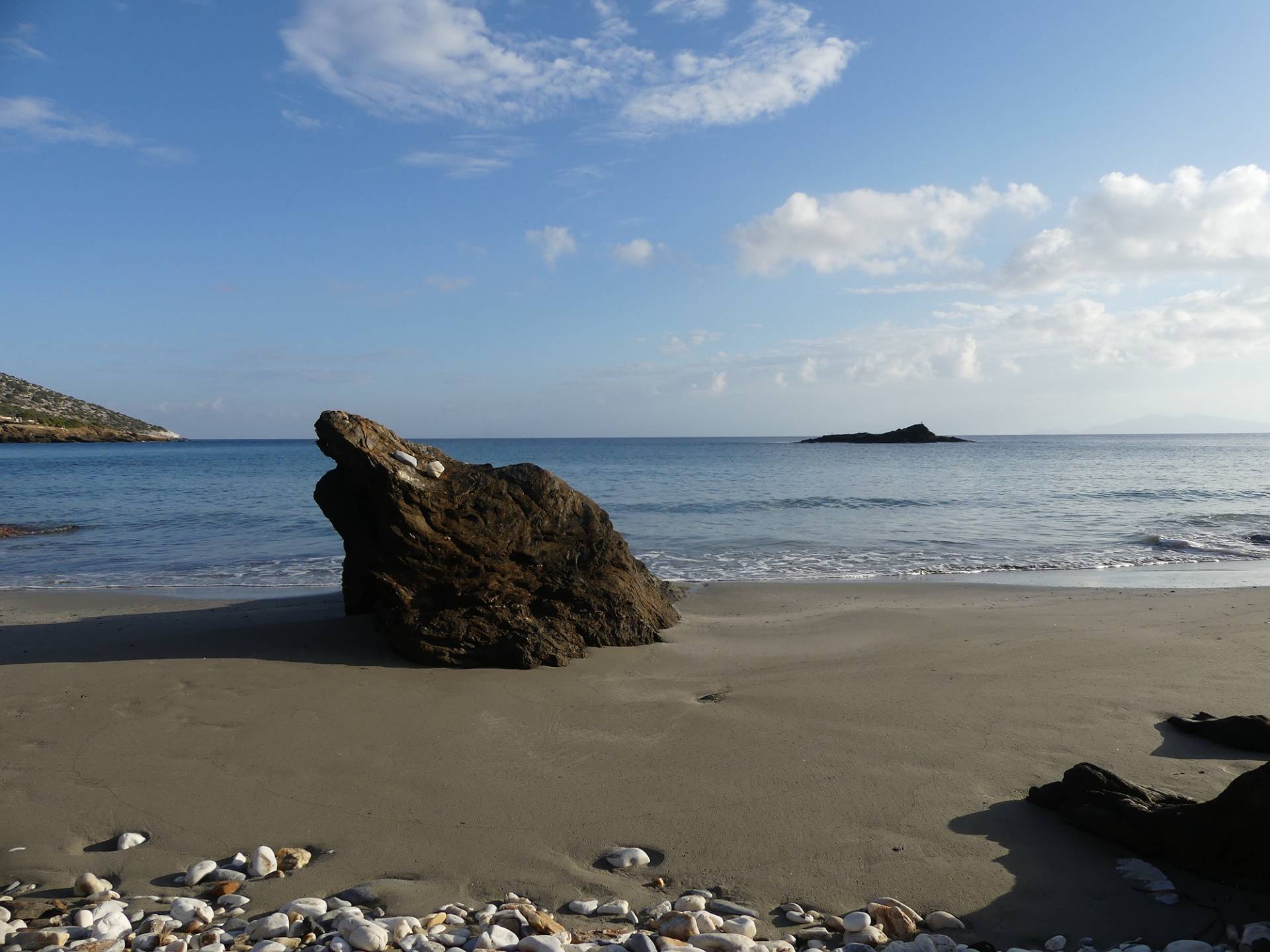
Azalas
Azalas
Azalas
Blick von oben
Blick von oben
Blick von oben

Herzlich Willkommen in Azalas!
In einer der schönsten Ecken von Naxos vermieten wir vier im traditionellen Stil aus Naturstein errichtete Ferienhäuser unmittelbar am Ägäischen Meer, mit einem idyllischen kleinen Sandstrand in direkter Nähe.
Die Anlage befindet sich in der kleinen Siedlung Agios Dimitris an der wenig besiedelten Ostküste von Naxos, drei Kilometer nördlich des gemütlichen Hafenörtchens Moutsouna.
Unsere Ferienhäuser, je für 2 bis 4 Personen, sind auf traditionelle Art aus Naturstein gebaut und liebevoll eingerichtet mit handgewebten Vorhängen und viel Marmor und Holz. Für die heißen Sommertage sind sie mit Klimaanlagen ausgestattet; im Winter kann man sie mit einem Kamin beheizen. Jedes Haus besitzt eine eigene Terrasse mit Blick auf die Ägäis.
Die Ferienhäuser liegen auf einem 7.000 qm großen Grundstück mit Gemüsegärten, Weinstöcken und Oliven- und Obstbäumen. Ein idyllischer kleiner Sandstrand direkt vor dem Grundstück lädt zum Baden ein.
… hier kann man wirklich zur Ruhe finden und einfach genießen…
Hier kommt man zu allen Beiträgen über die Ferienhäuser.
Naxos ist klein genug, dass es überschaubar ist, aber gleichzeitig sehr vielfältig, reich und interessant. „I Eudaimoníi ton níson“ – schon Herodot bezeichnete Naxos als „die Glücklichste der Inseln“.
Auf unserer Webseite finden Sie ausführliche Informationen zu allen Themen zur Natur und Kultur von Naxos. Wir laden Sie ein, unsere Insel in interessanten Ausflügen und auf wunderschönen Wanderungen zu erkunden und wirklich kennenzulernen – ihre Geschichte und ihre Sehenswürdigkeiten, ihre Fauna und Flora, ihre Geologie und Kulturlandschaft.
Die Insel Naxos mit ihrer abwechslungsreichen Landschaft bietet viele Möglichkeiten für Unternehmungen: Man kann den höchsten Berg der Kykladen besteigen, durch malerische Täler mit Terrassen, Weinbergen und Ölbaumhainen wandern, einsame Felsküsten mit versteckten Buchten besuchen oder die kleinen, verzauberten Flüsse und Quellen der Insel erkunden.
Im Frühjahr grünt und blüht die ganze Insel. Berge und Täler bieten Lebensraum für viele interessante Vögel, Insekten und Reptilien. Auch an der Meeresküste und im flachen Wasser gibt es immer etwas zu entdecken!
Naxos hat eine lange Geschichte – von der Steinzeit an haben die verschiedenen Bewohner der Insel Spuren und Zeugnisse hinterlassen, denen man noch heute in allen Ecken der Insel begegnen kann.
Als größte Insel der Kykladen spielte Naxos während vieler Epochen eine wichtige Rolle: so zur Zeit der Kykladenkultur im 3. Jahrtausend v. Chr., die für ihre bemerkenswerten Marmoridole bekannt ist, während der Archaischen Epoche, als die großen Tempel der Insel errichtet wurden, und im späten Mittelalter, als Naxos Sitz des venezianischen Herzogtums der Ägäis war.
Naxos besitzt als größte und wasserreichste Insel der Kykladen eine sehr artenreiche Flora: Mehr als 1000 Pflanzenarten sind auf der Insel nachgewiesen worden. Von diesen stellen wir über 700 auf unserer Webseite vor, mit vielen informativen Fotos und zahlreichen Details zur Bestimmung und zur Verbreitung sowie mit Wissenswertem über die Arten.
Für botanisch Interessierte bieten wir (besonders im Frühjahr) Exkursionen und Führungen an, entweder in der direkten Umgebung der Ferienhäuser oder als Ausflug in die Berge, an einen der kleinen Flüsse oder durch die alte Kulturlandschaft.
Unter der Kategorie „Aktuelles“ finden sich Nachrichten von den Ferienhäusern Azalas sowie Interessantes, Wissenswertes und Neues aus Naxos.
Außerdem veröffentliche ich hier zum Beispiel Fotos von Pflanzen- oder Tierarten, die ich das erste Mal gefunden habe, von einer Sehenswürdigkeit, die wir besucht haben, oder von einer schönen Wanderung.
Manchmal teile ich auch einfach einen besonderen Moment mit den Lesern – einen schönen Sonnenaufgang, Fotos vom Schnee in den Bergen oder von einem starken Regenfall.
.
.
Die Insel Naxos mit ihrer abwechslungsreichen Landschaft bietet viele Möglichkeiten für Unternehmungen: Man kann den höchsten Berg der Kykladen besteigen, durch malerische Täler mit Terrassen, Weinbergen und Ölbaumhainen wandern, einsame Felsküsten mit versteckten Buchten besuchen oder die kleinen, verzauberten Flüsse und Quellen der Insel erkunden.
Im Frühjahr grünt und blüht die ganze Insel. Berge und Täler bieten Lebensraum für viele interessante Vögel, Insekten und Reptilien. Auch an der Meeresküste und im flachen Wasser gibt es immer etwas zu entdecken!
Naxos hat eine lange Geschichte – von der Steinzeit an haben die verschiedenen Bewohner der Insel Spuren und Zeugnisse hinterlassen, denen man noch heute in allen Ecken der Insel begegnen kann.
Als größte Insel der Kykladen spielte Naxos während vieler Epochen eine wichtige Rolle: so zur Zeit der Kykladenkultur im 3. Jahrtausend v. Chr., die für ihre bemerkenswerten Marmoridole bekannt ist, während der Archaischen Epoche, als die großen Tempel der Insel errichtet wurden, und im späten Mittelalter, als Naxos Sitz des venezianischen Herzogtums der Ägäis war.
Naxos besitzt als größte und wasserreichste Insel der Kykladen eine sehr artenreiche Flora: Mehr als 1000 Pflanzenarten sind auf der Insel nachgewiesen worden. Von diesen stellen wir über 700 auf unserer Webseite vor, mit vielen informativen Fotos und zahlreichen Details zur Bestimmung und zur Verbreitung sowie mit Wissenswertem über die Arten.
Für botanisch Interessierte bieten wir (besonders im Frühjahr) Exkursionen und Führungen an, entweder in der direkten Umgebung der Ferienhäuser oder als Ausflug in die Berge, an einen der kleinen Flüsse oder durch die alte Kulturlandschaft.
Unter der Kategorie „Aktuelles“ finden sich Nachrichten von den Ferienhäusern Azalas sowie Interessantes, Wissenswertes und Neues aus Naxos.
Hier veröffentliche ich zum Beispiel Fotos von Pflanzen- oder Tierarten, die ich das erste Mal gefunden habe, von einer Sehenswürdigkeit, die wir besucht haben, oder von einer schönen Wanderung. Oder ich teile einfach einen besonderen Moment mit den Lesern – einen schönen Sonnenaufgang, Fotos vom Schnee in den Bergen oder von einem starken Regenfall.
.
.
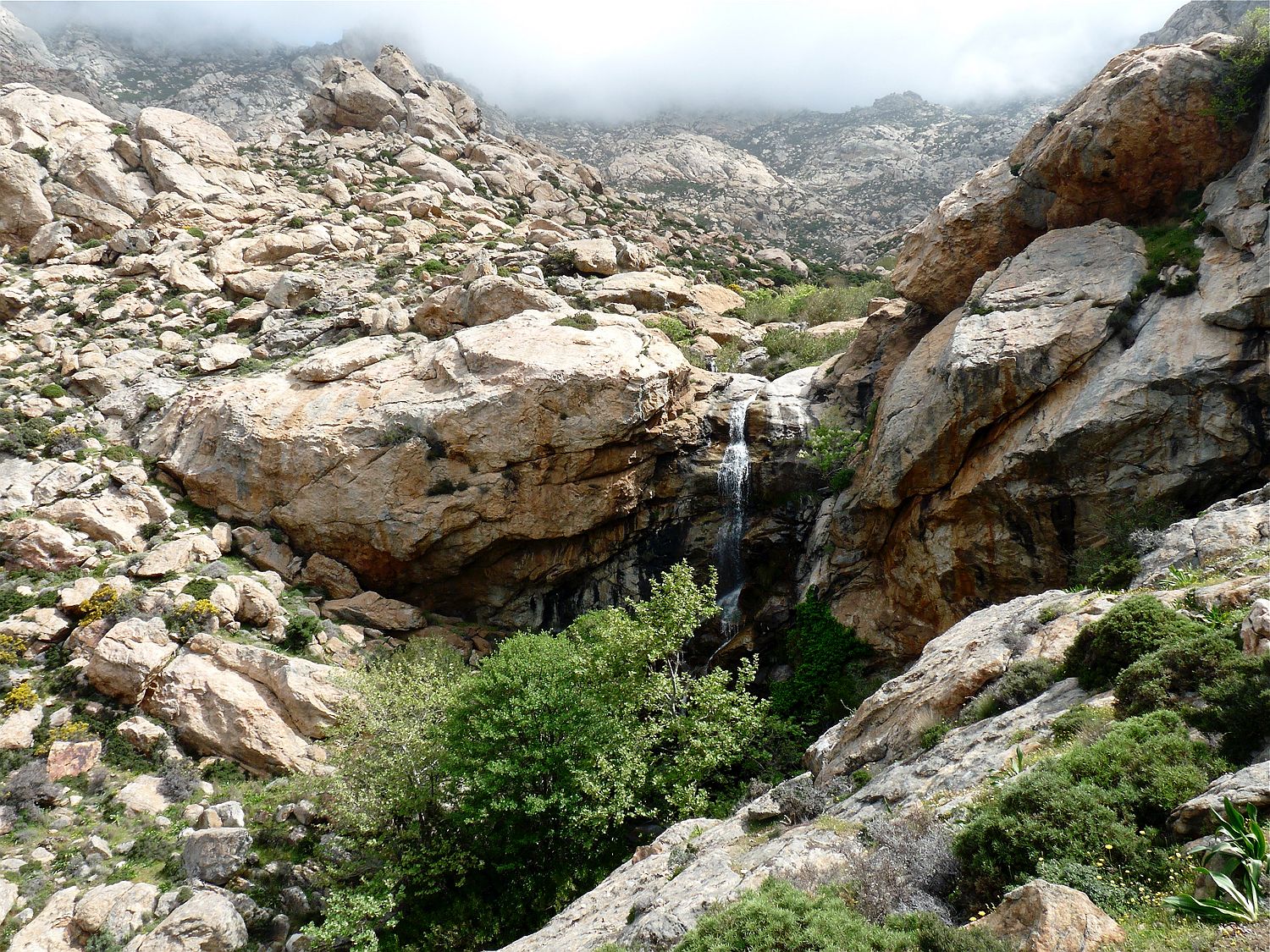
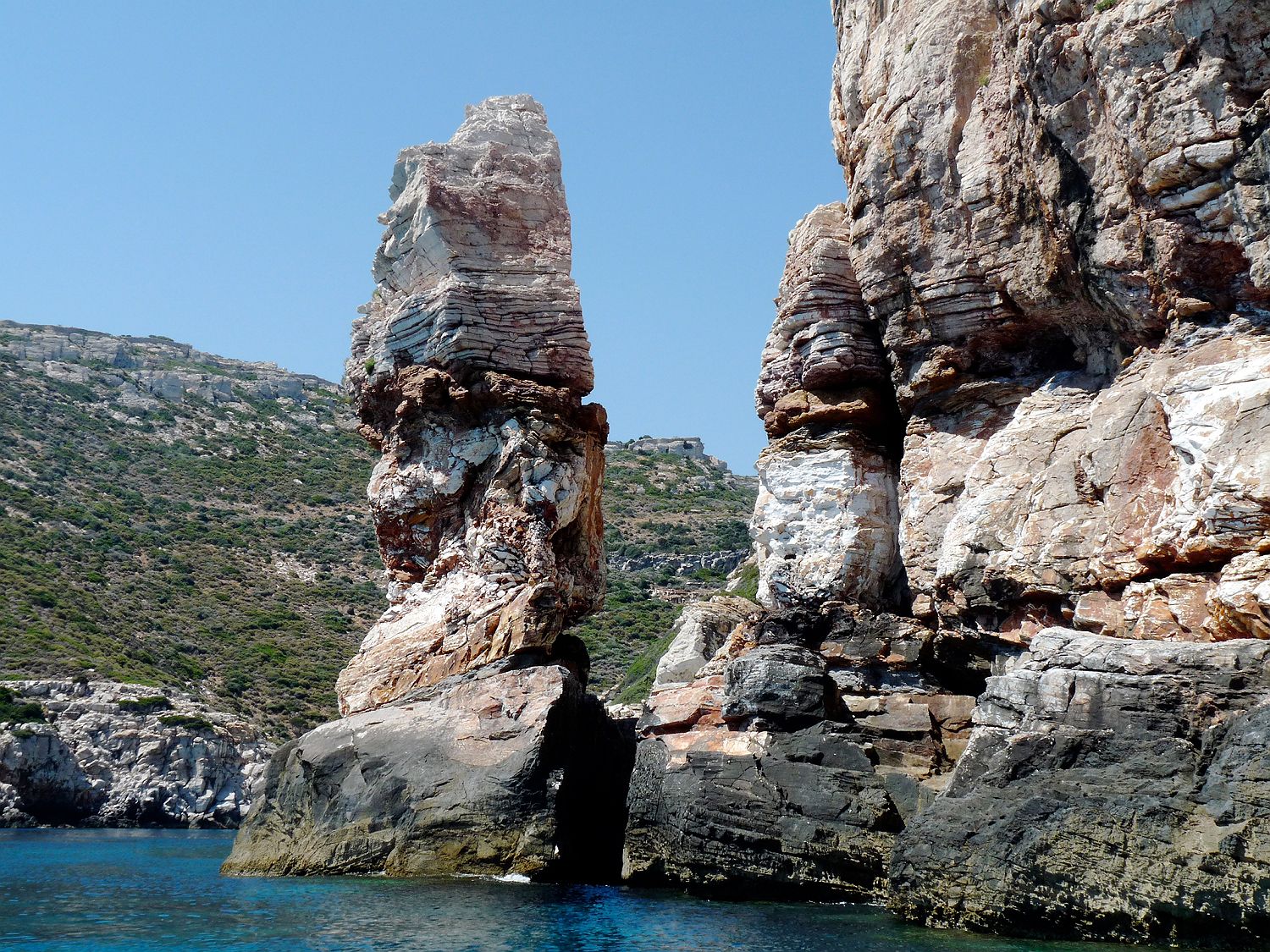
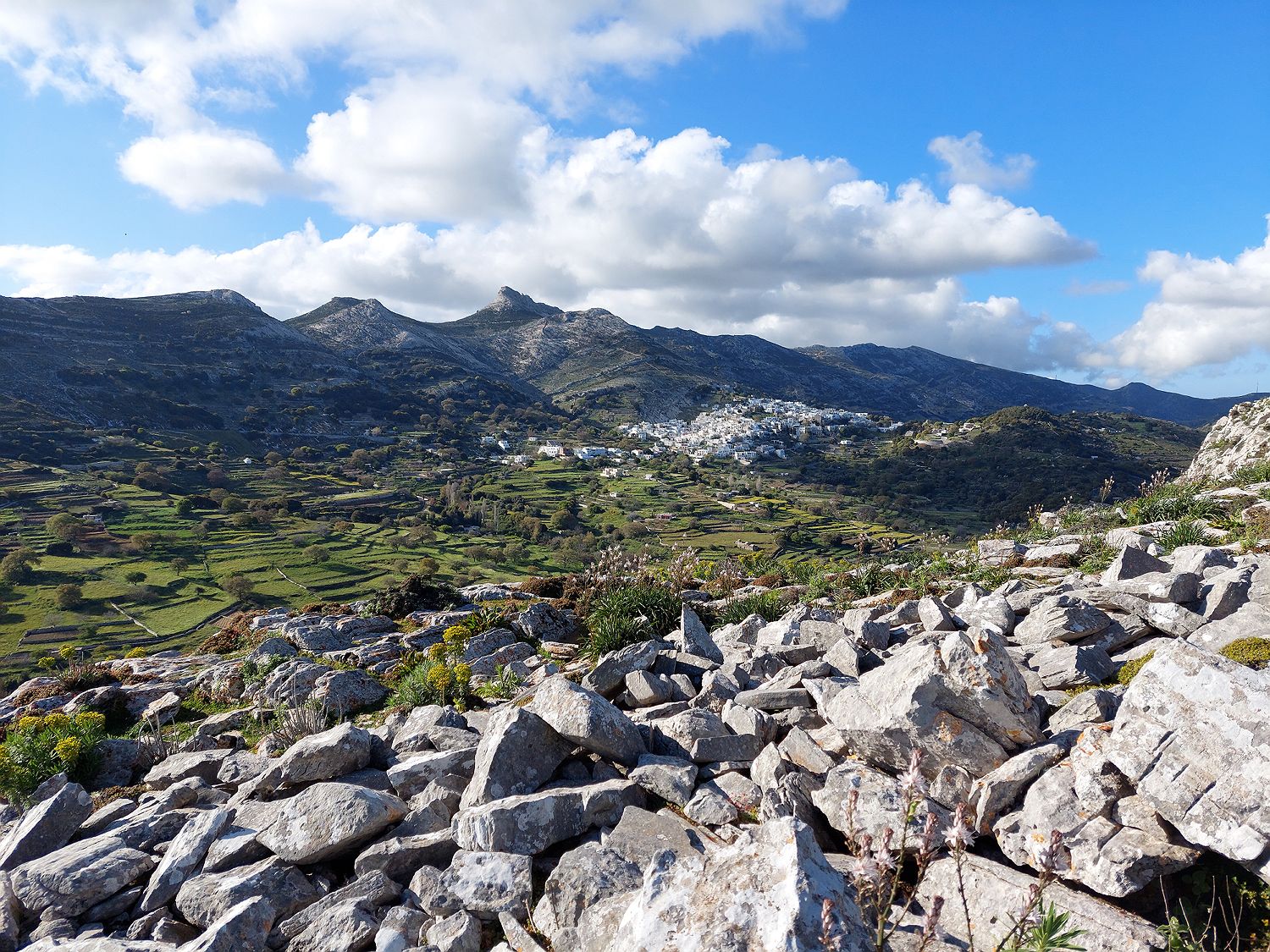

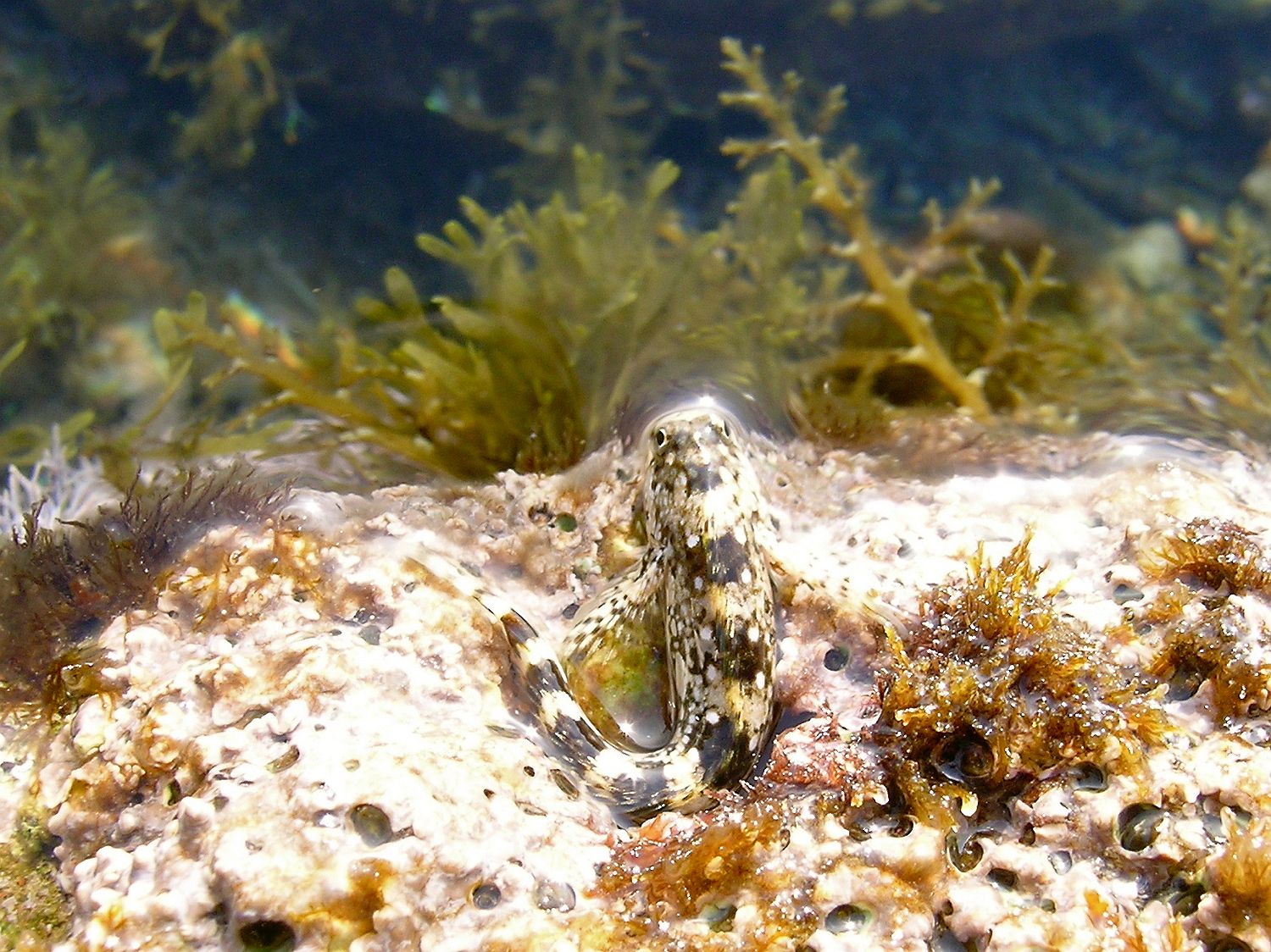
Die Insel Naxos mit ihrer abwechslungsreichen Landschaft bietet viele Möglichkeiten für Unternehmungen: Man kann den höchsten Berg der Kykladen besteigen, durch malerische Täler mit Terrassen, Weinbergen und Ölbaumhainen wandern, einsame Felsküsten mit versteckten Buchten besuchen oder die kleinen, verzauberten Flüsse und Quellen der Insel erkunden.
Im Frühjahr grünt und blüht die ganze Insel. Berge und Täler bieten Lebensraum für viele interessante Vögel, Insekten und Reptilien. Auch an der Meeresküste und im flachen Wasser gibt es immer etwas zu entdecken!
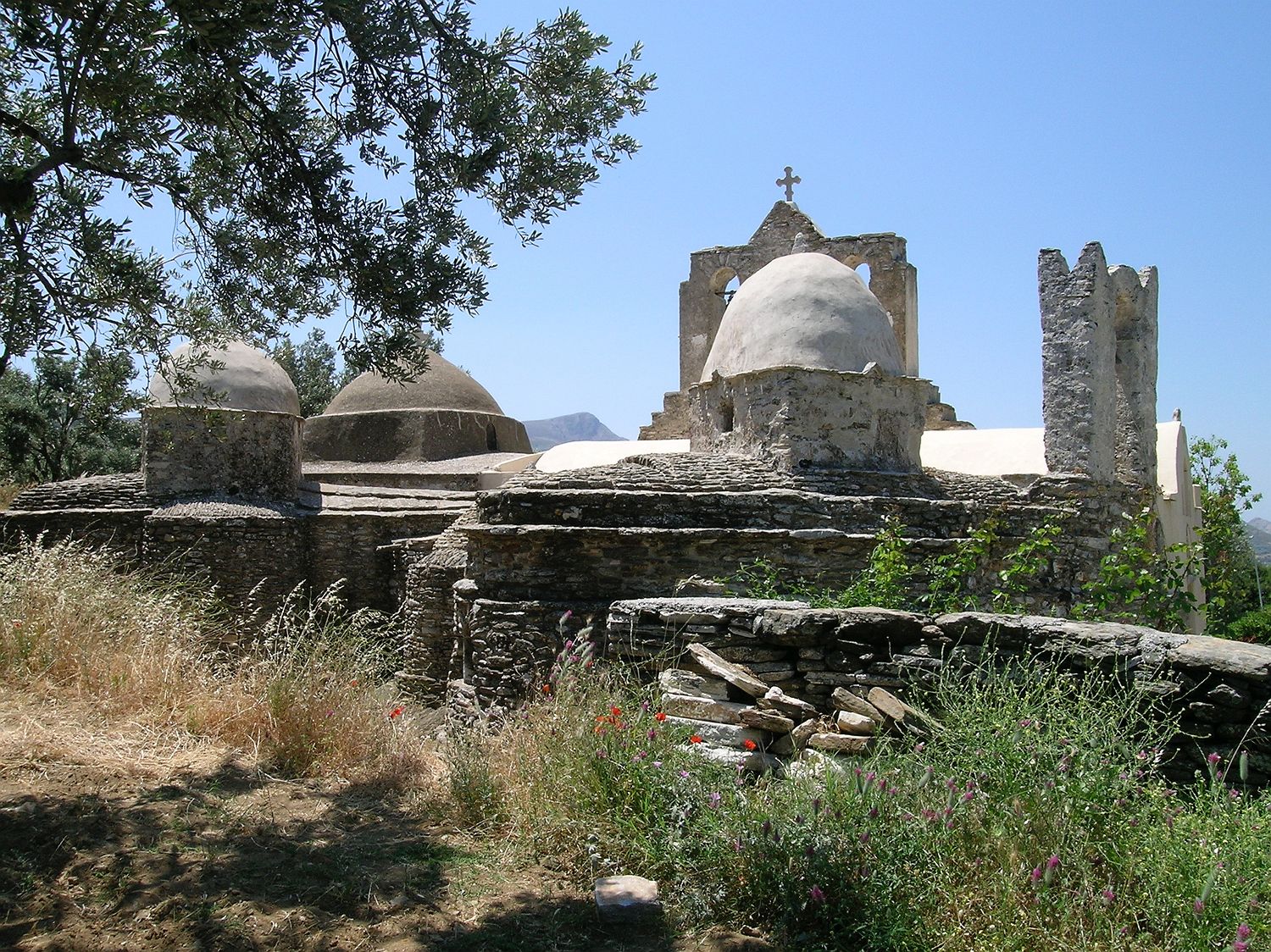
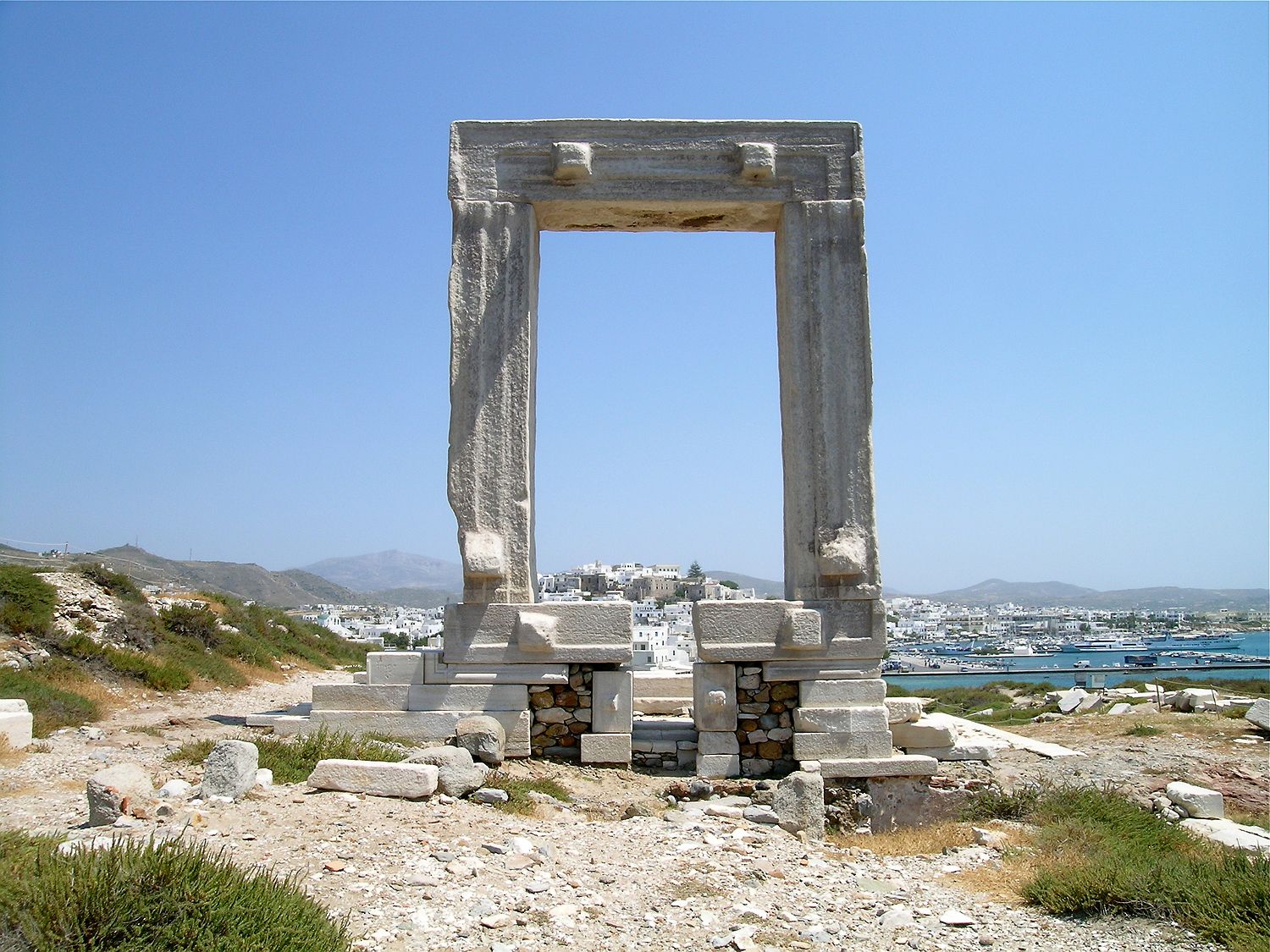
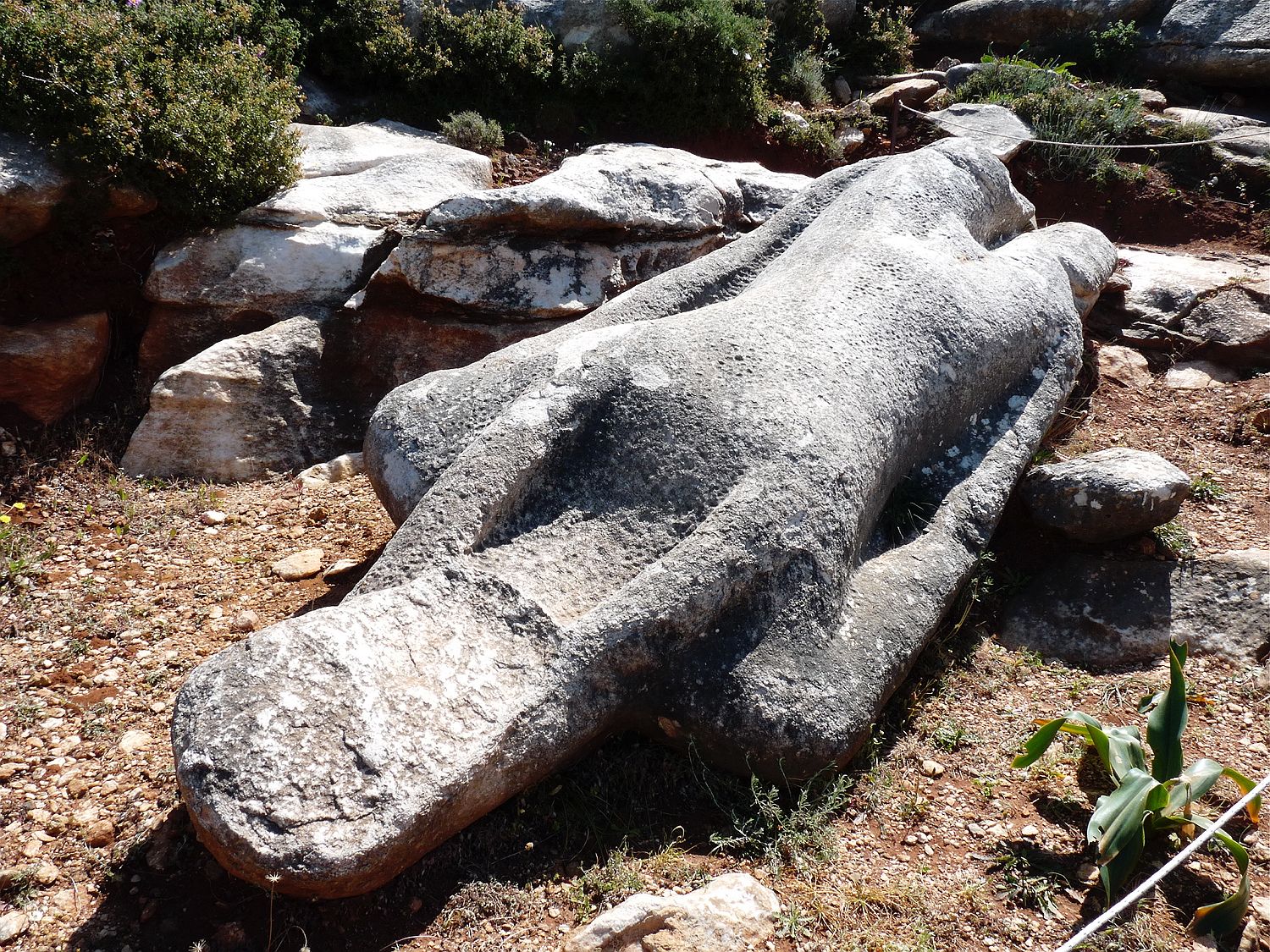
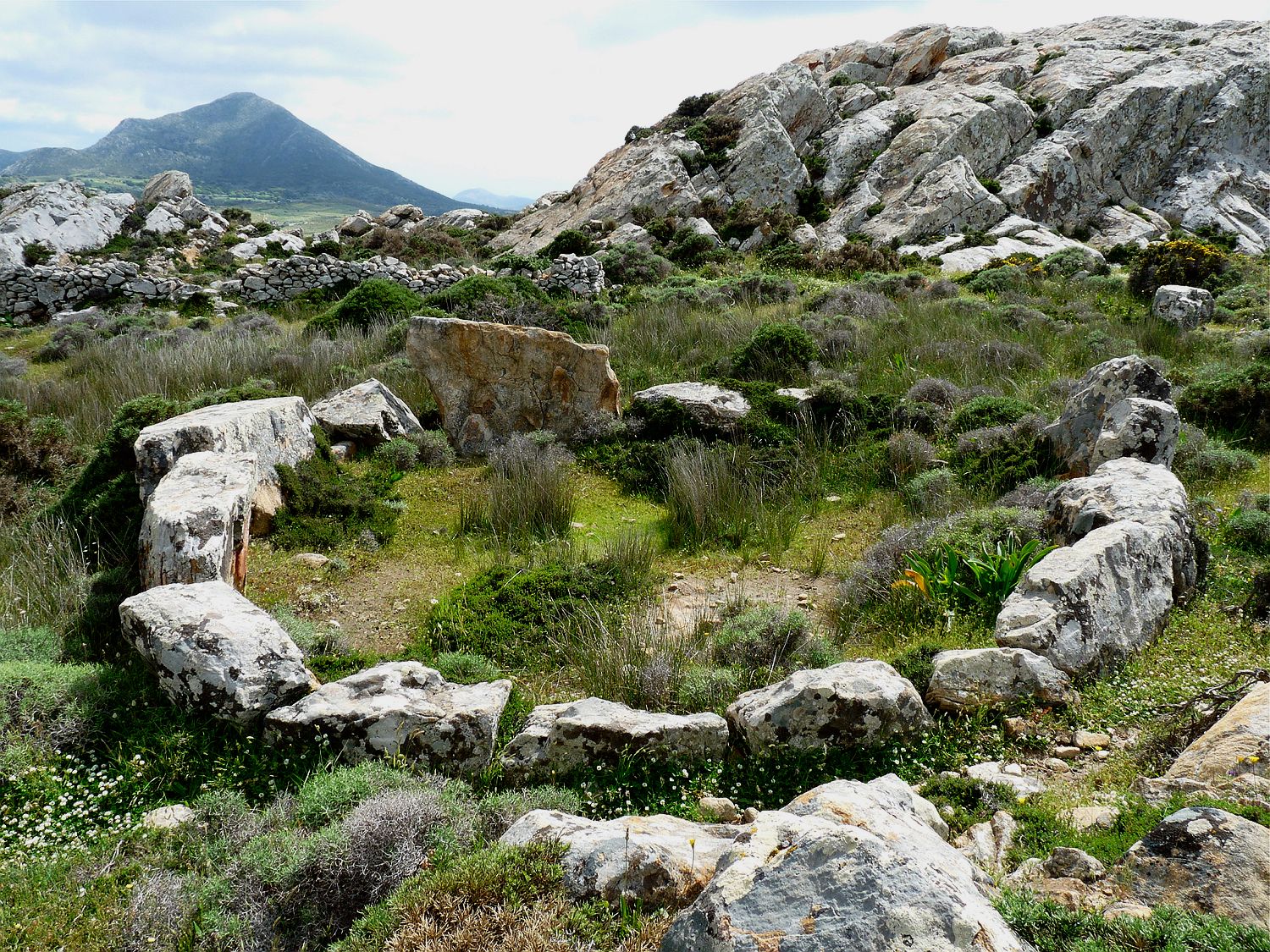
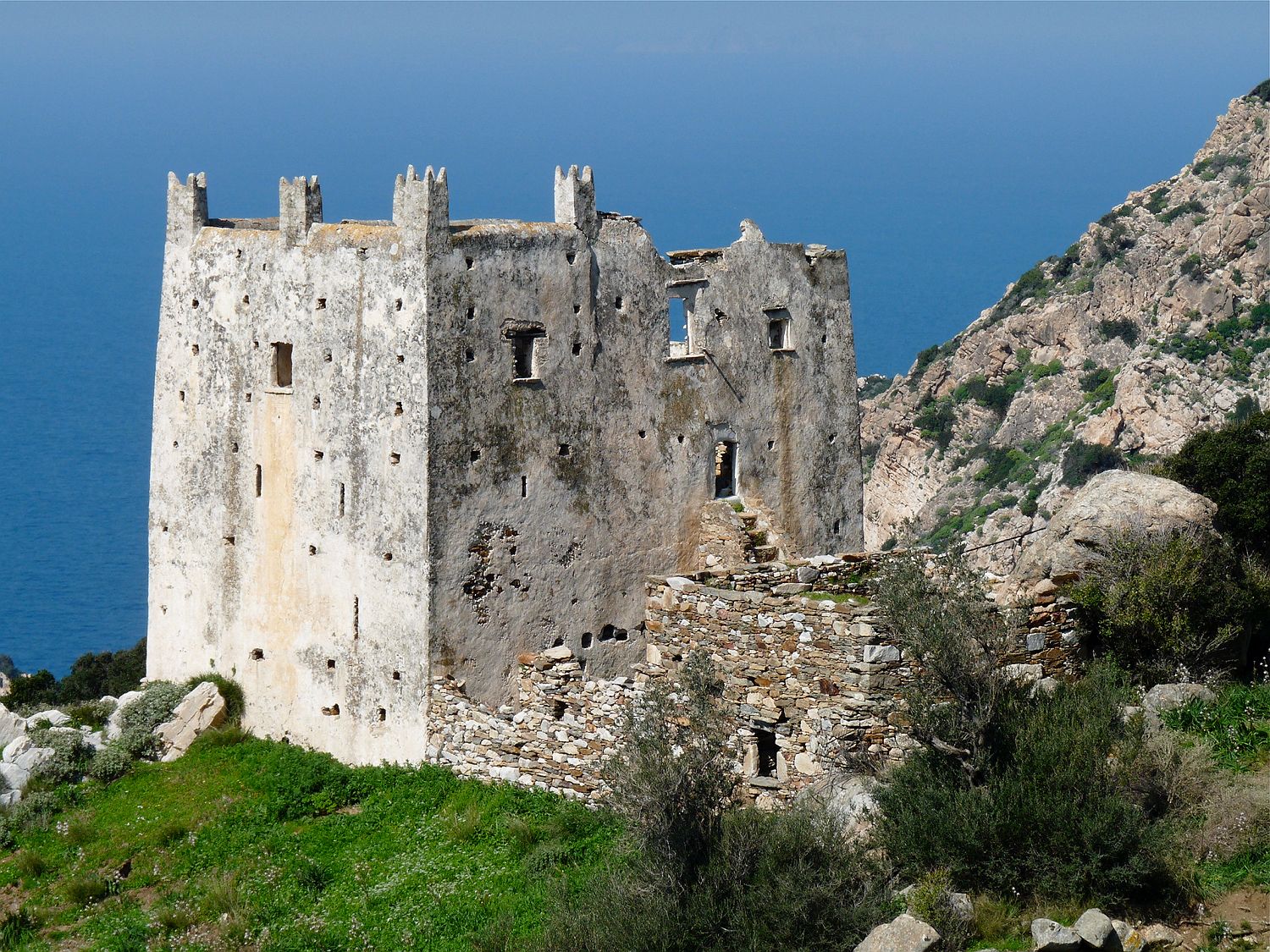
Naxos hat eine lange Geschichte – von der Steinzeit an haben die verschiedenen Bewohner der Insel Spuren und Zeugnisse hinterlassen, denen man noch heute in allen Ecken der Insel begegnen kann.
Als größte Insel der Kykladen spielte Naxos während vieler Epochen eine wichtige Rolle: so zur Zeit der Kykladenkultur im 3. Jahrtausend v. Chr., die für ihre bemerkenswerten Marmoridole bekannt ist, während der Archaischen Epoche, als die großen Tempel der Insel errichtet wurden, und im späten Mittelalter, als Naxos Sitz des venezianischen Herzogtums der Ägäis war.

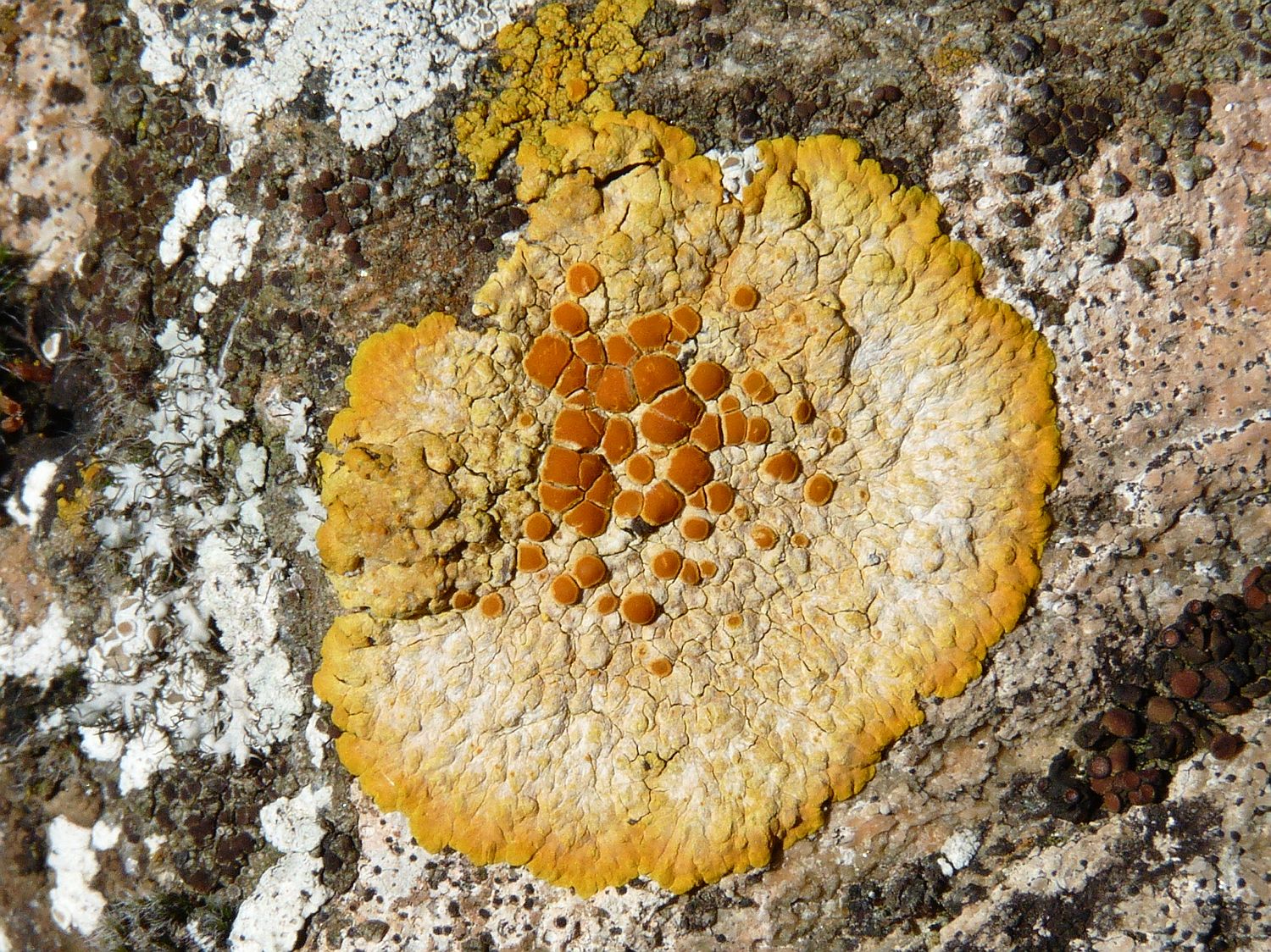
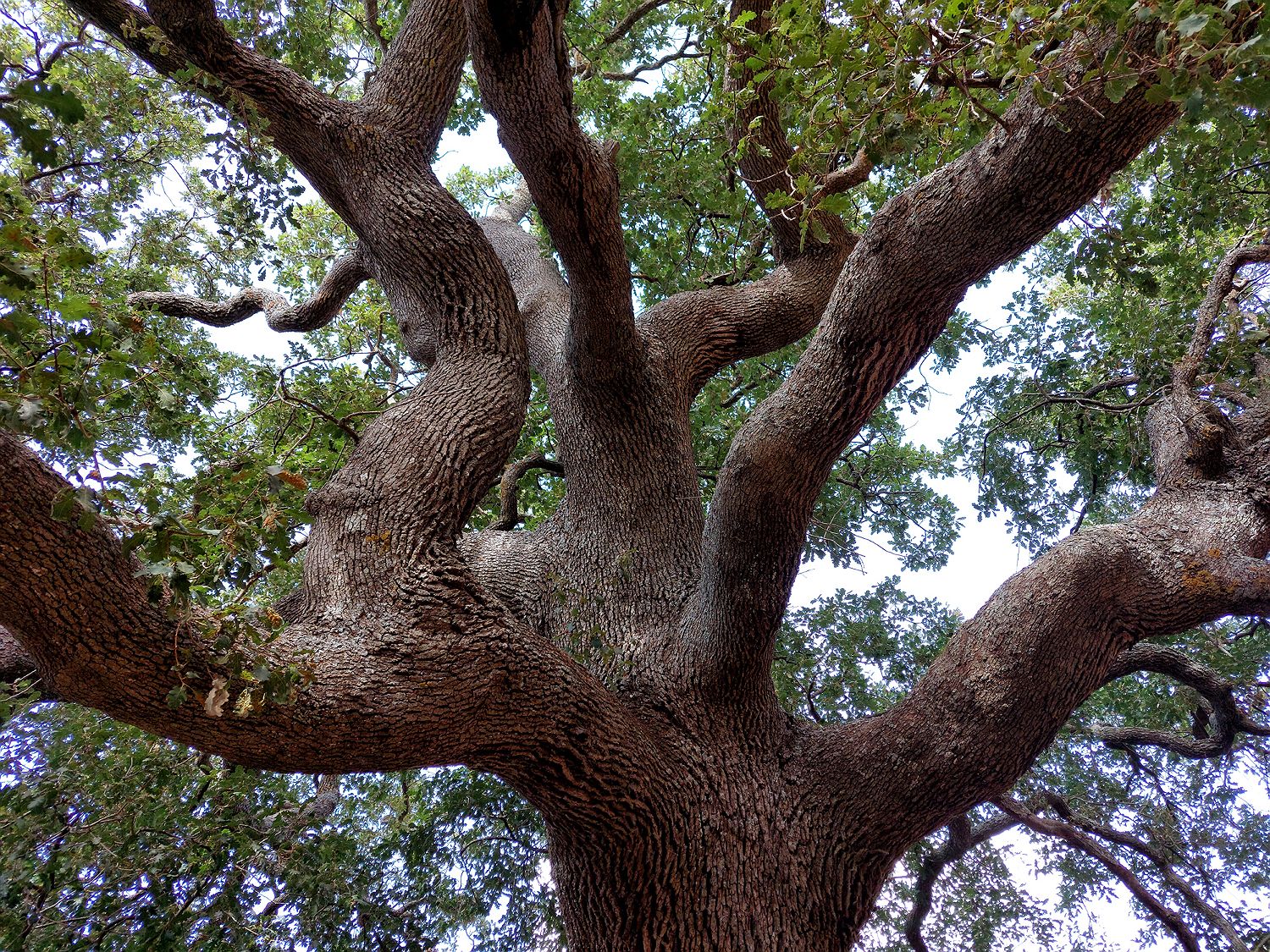
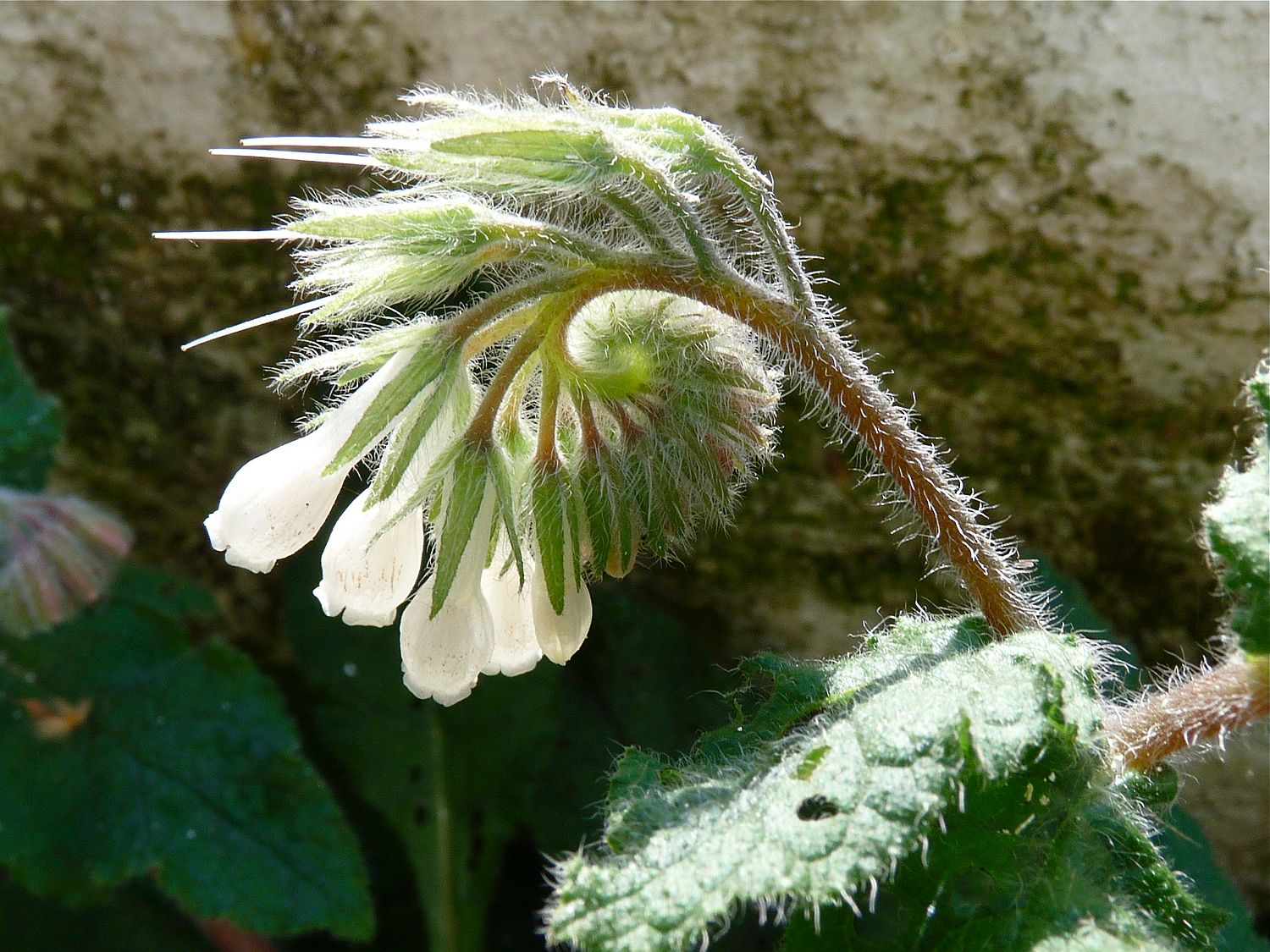
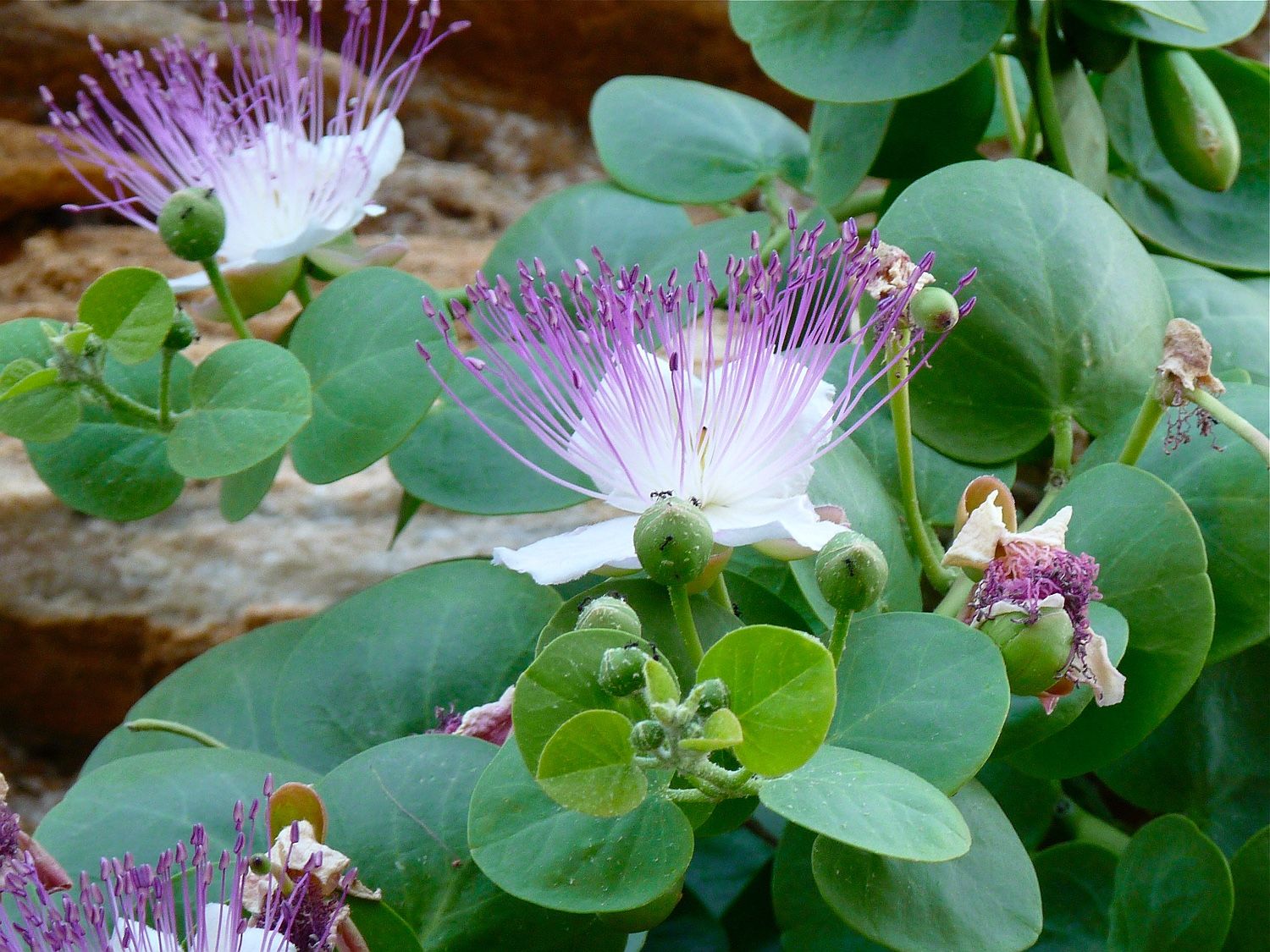
Naxos besitzt als größte und wasserreichste Insel der Kykladen eine sehr artenreiche Flora: Mehr als 1000 Pflanzenarten sind auf der Insel nachgewiesen worden. Von diesen stellen wir über 700 auf unserer Webseite vor, mit vielen informativen Fotos und zahlreichen Details zur Bestimmung und zur Verbreitung sowie mit Wissenswertem über die Arten.
Für botanisch Interessierte bieten wir (besonders im Frühjahr) Exkursionen und Führungen an, entweder in der direkten Umgebung der Ferienhäuser oder als Ausflug in die Berge, an einen der kleinen Flüsse oder durch die alte Kulturlandschaft.
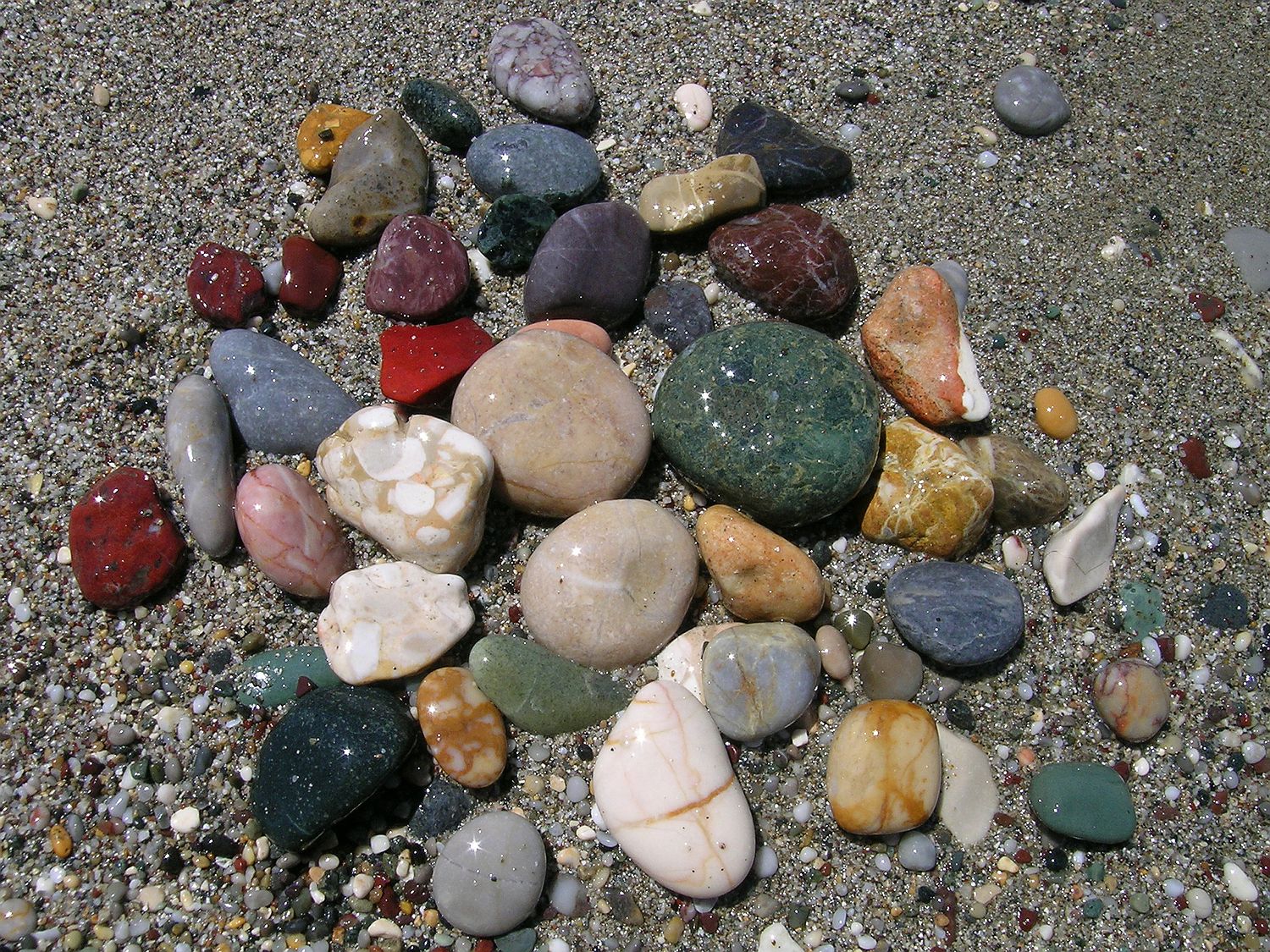


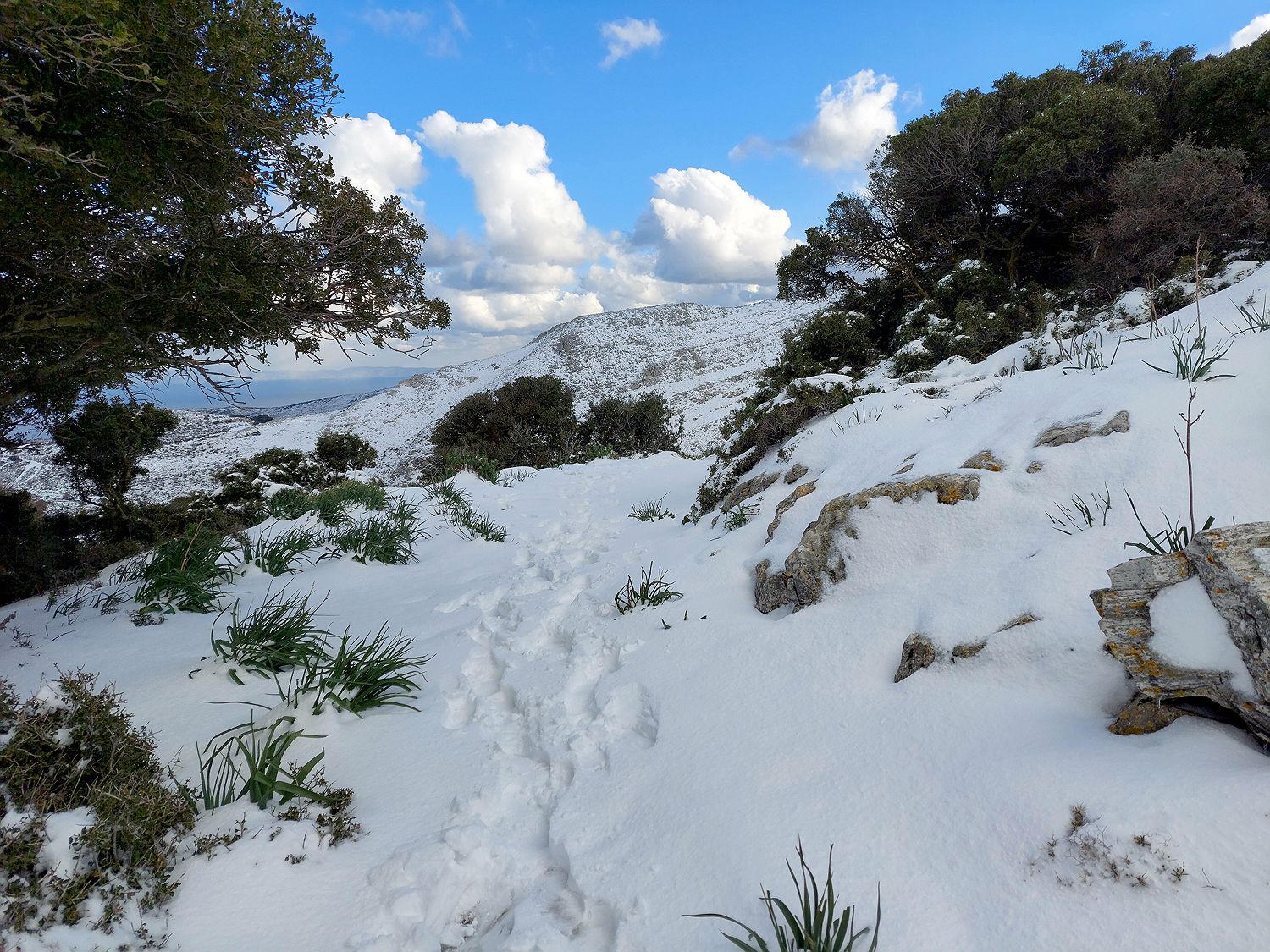

Unter der Kategorie „Aktuelles“ finden sich Nachrichten von den Ferienhäusern Azalas sowie Interessantes, Wissenswertes und Neues aus Naxos.
Außerdem veröffentliche ich hier zum Beispiel Fotos von Pflanzen- oder Tierarten, die ich das erste Mal gefunden habe, von einer Sehenswürdigkeit, die wir besucht haben, oder von einer schönen Wanderung.
Manchmal teile ich auch einfach einen besonderen Moment mit den Lesern – einen schönen Sonnenaufgang, Fotos vom Schnee in den Bergen oder von einem starken Regenfall.
.
.
Bei uns in den Ferienhäusern Azalas können Sie ganz in die einzigartige Atmosphäre der Kykladen eintauchen:
am Strand mit seinem kristallklaren Wasser, auf einer Wanderung durch die Stille eines einsamen Tals oder abends bei einem Glas Wein auf Ihrer Veranda unterm beeindruckenden Sternenhimmel der Ägäis.
Bei uns ist das authentische Griechenland mit seiner Gastfreundschaft, seiner Philosophie und seinen Traditionen noch lebendig. Hier können Sie Stress und Sorgen vergessen, sich in heilsamem Nichtstun üben und einfach jeden Tag genießen – die Sonne, das Wasser, den Wind.
Welche schönsten Erinnerungen werden Sie zurück nach Hause nehmen?
Azalas liegt fast am Ende der Strasse ist jedoch der Anfang von einem bezaubernden Flecken dieser Erde: Dieser lädt ein zum Staunen wie die Sonne am Horizont aufgeht, Erkunden der vielseitigen Natur, fürs Teilhaben am Einfeuern des Holzofens oder einfach zum Geniessen ums Haus.
Erholung pur!
Katja
Azalas ist für mich: Astrid und Nikos und Familie mit großem Wissen und großem Herzen, göttliche Natur, göttliche Ruhe.
Es gibt keinen Ort, an dem ich so zu mir selbst finden kann, mich also erhole, wie diesen.
Friederike
Leben, in seiner reinsten Form
Norman
Azalas ist uns seit 2004 zu einem zweiten Zuhause geworden. Wir und auch Kinder und Enkelkinder waren waren an die 20 mal dort.
Astrid und Nikos haben uns immer herzlich aufgenommen, uns an ihrem Leben teilhaben lassen und uns gut versorgt mit frischem Fisch, Obst, Gemüse, Wein, Brot, Musik, kurz: Gastfreundschaft plus.
Die Ruhe, der wunderschöne Ausblick aufs Meer, was will man mehr? Die vielen Wanderungen mit Astrids Tipps nicht zu vergessen.
Waltraut
Azalas bedeutet für mich Ruhe, Freiheit, Natur, Gastfreundschaft.
Daniela
Wir wussten schon nach dem ersten Besuch bei euch nicht mehr, wohin wir sonst noch hätten fahren sollen. Inzwischen waren wir schon acht Mal bei euch…
Und wir kommen wieder!
Christoph
Azalas: einfach wunderschön!! Und so vielfältig, immer wieder entdecken wir Neues. Jedes Jahr freuen wir uns euch zu besuchen!
Susanne
Azalas ist für uns ein Ort, an dem wir für immer bleiben wollen. Aber das Schönste seid ihr, die Leute, die es so gemacht haben.
Andrey
The home was really perfect in every way, and what a fantastic sunrise I got to see every day! Your hospitality was amazing, I felt so welcome.
Gretchen